The Quinta de la Fuente del Berro is a small treasure in Madrid. Unfortunately, it is not as popular as other great parks. Nevertheless, it is very rewarding to visit its magnificent gardens full of different species of plants and trees. You enjoy an incredible sensation of peace even though you are in a great city. The Quinta de la Fuente del Berro is the place we have chosen today for our section Corners of Madrid. We already opened this blog when we wrote about Opera.
A HISTORIC GARDEN
The Quinta de la Fuente del Berro was built in the XVII century, and it is one of the historic gardens in Madrid. The garden has over 13 hectares and 6 different gates. It is located between Calle Enrique D/Almonte, Avenida Sainz de Baranda and the M-30 highway. It is a fact that in a great city it is possible to find peaceful corners where you can breathe fresh air.
At first, it had different owners and in 1900 it even had a velodrome and a roller coaster. In 1948, the city council of Madrid bought it and started to renovate it turning it into a garden. In 1954, the Quinta started to attract visitors it became officially a park open to the public.
PONDS, A CASCADE, A SMALL PALACE… AND PEACOCKS
If you go to the Quinta de la Fuente del Berro, you will find stunning landscape gardening full of an important variety of trees. Furthermore, you will come across a neoclassical flight of steps made of stone as well as sculptures.
In addition, there is a beautiful fountain with a great vase, two ponds with ducks, a lovely cascade and the remains of an old small palace. We can also see the statues dedicated to Pushkin and Becquer. Apart from all these wonders, you will come across the peacocks which roam around the garden.
WATER USED BY ROYALTY
Many years ago, it was a widely held belief that the water of the Quinta de la Fuente del Berro had healing properties and were even aphrodisiac. Due to this, the water was very much in demand by royalty and therefore it was taken to the Royal Palace. At a later stage, this water was always served in banquets and royal receptions. Such was its fame and reputation that many guests preferred to drink it
rather than wine. This water is mentioned in Spanish light operas, in one-act comedies and even in literary works like Fortunata y Jacinta written by Benito Perez Galdós.
Pictures 01 and 04: Docteur Cristophe
Picture 02: Tree Species
Picture 03: Cillas
Picture 05: Elena Cabrera


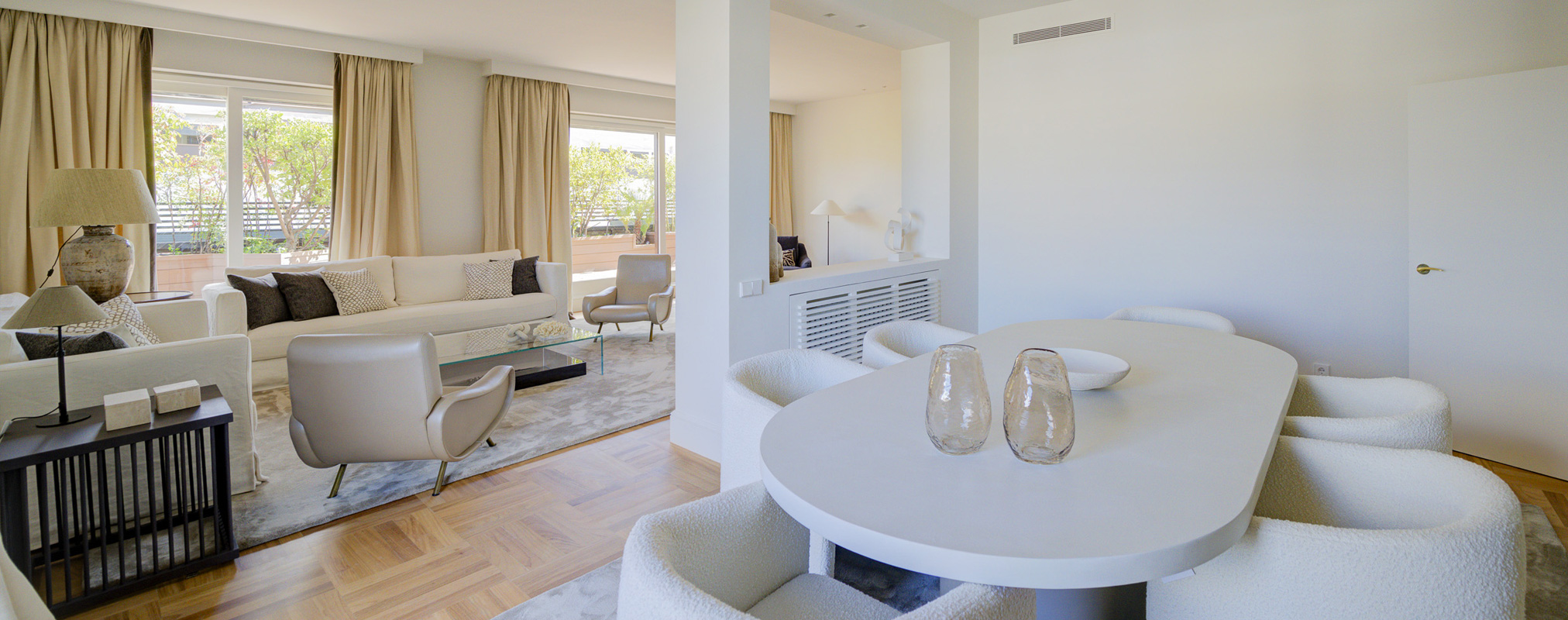
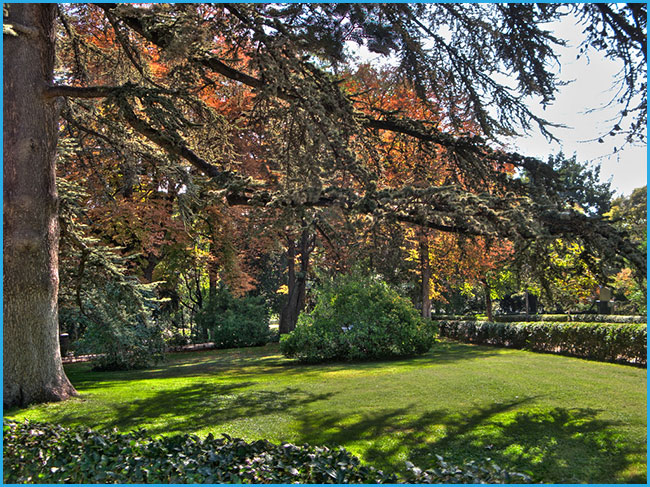
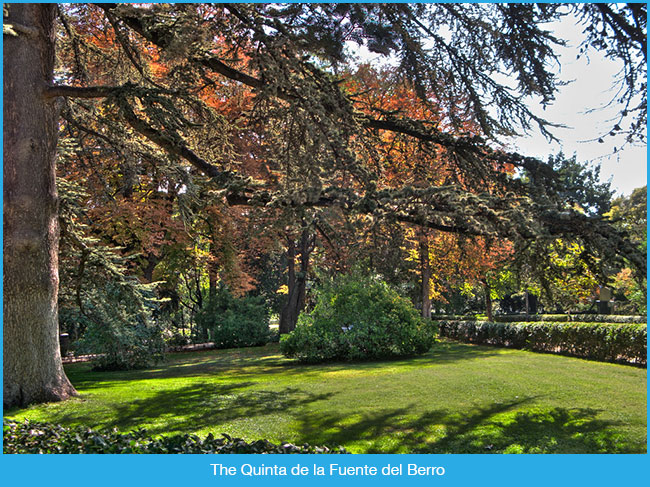
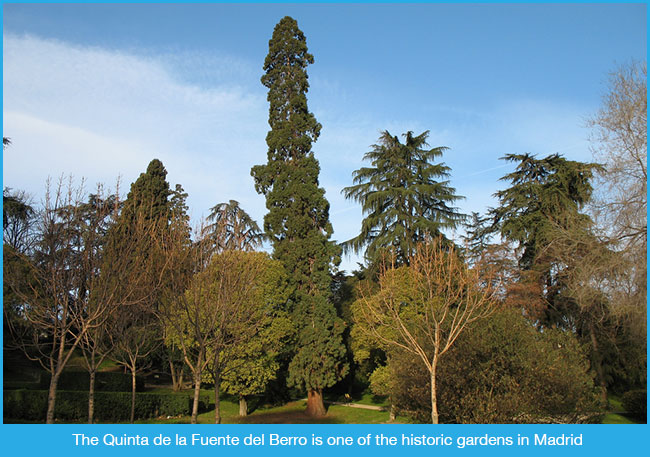
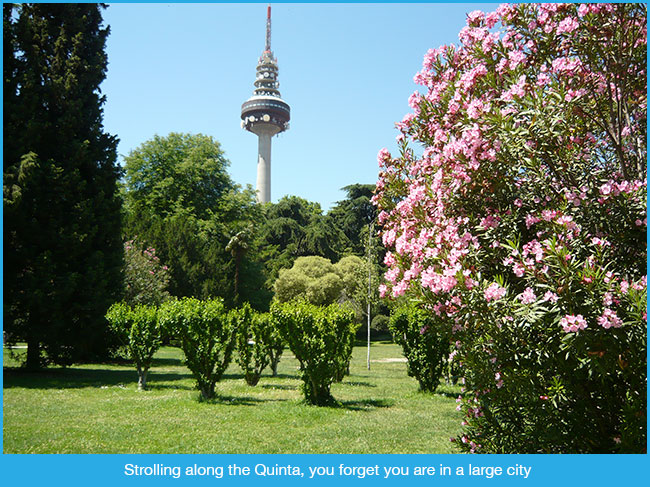
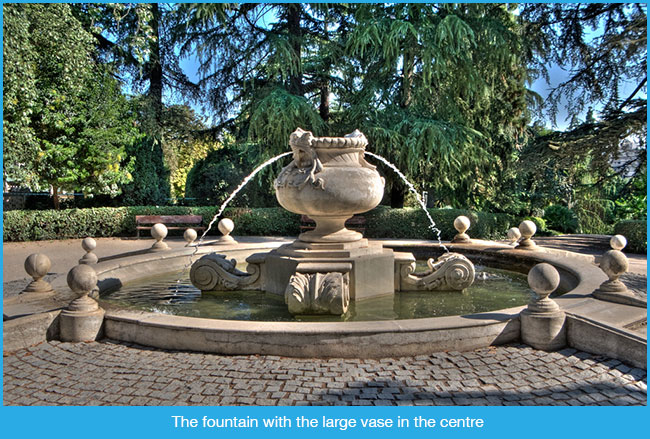
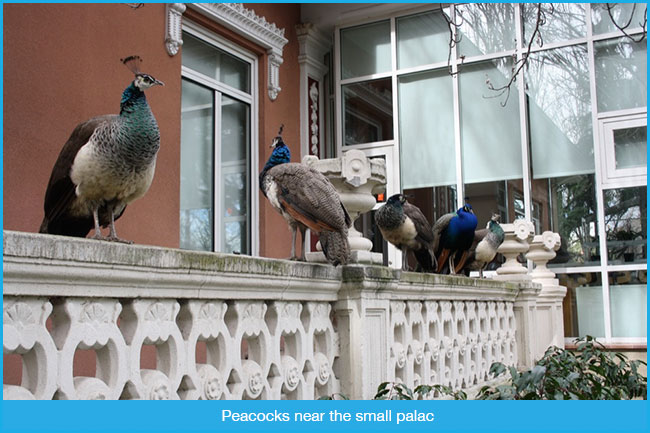
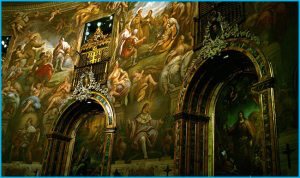
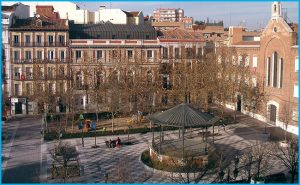
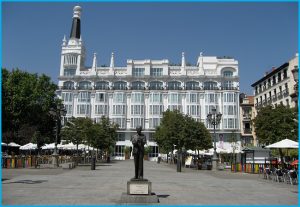
 Spanish
Spanish English
English